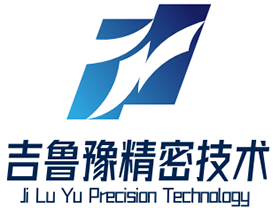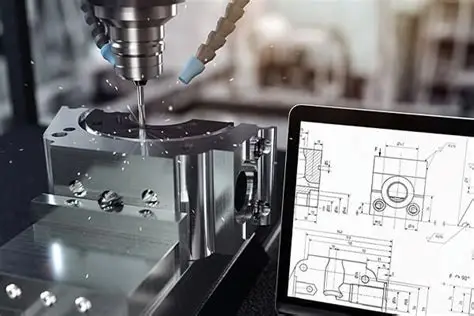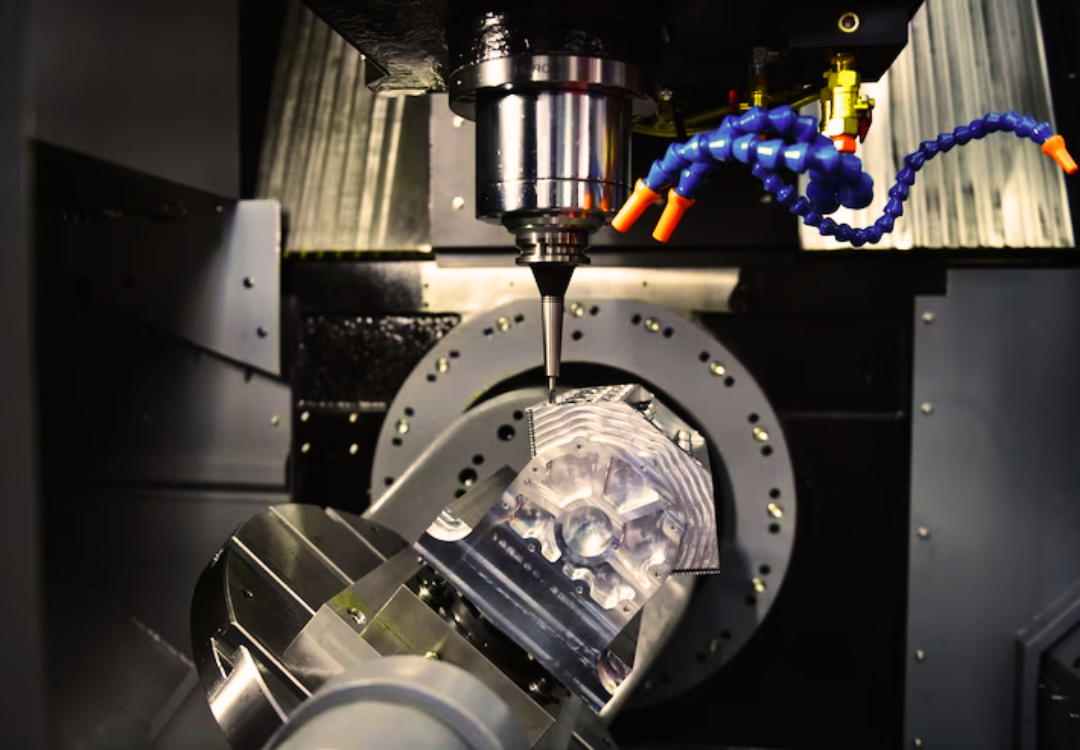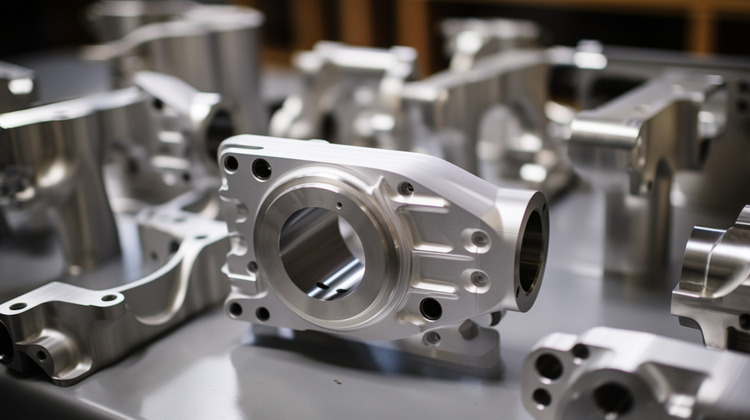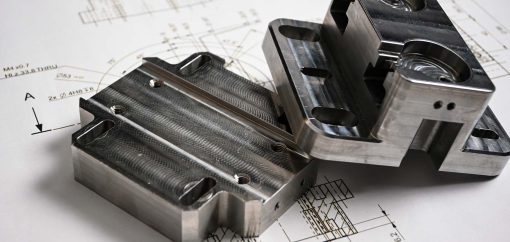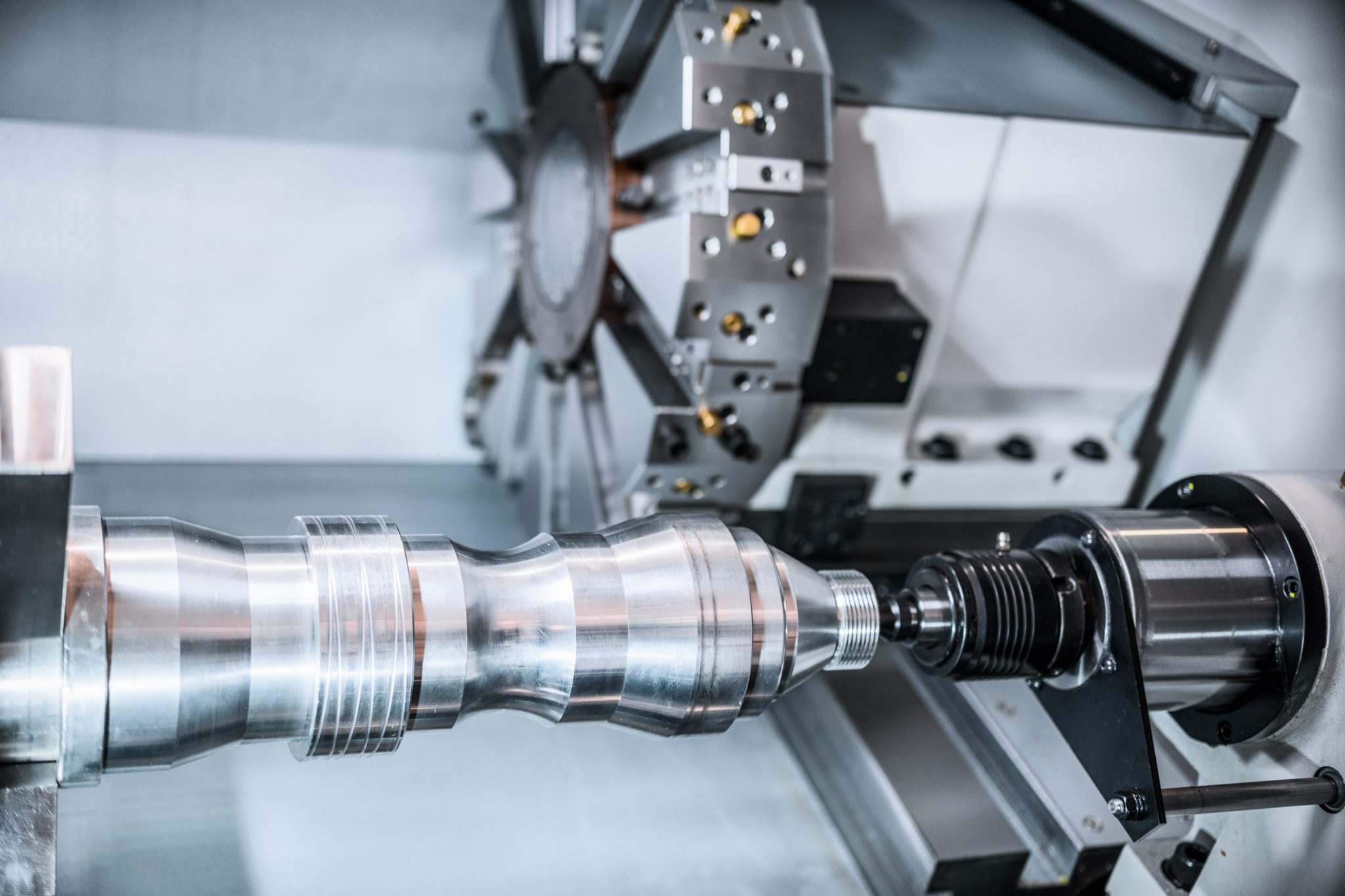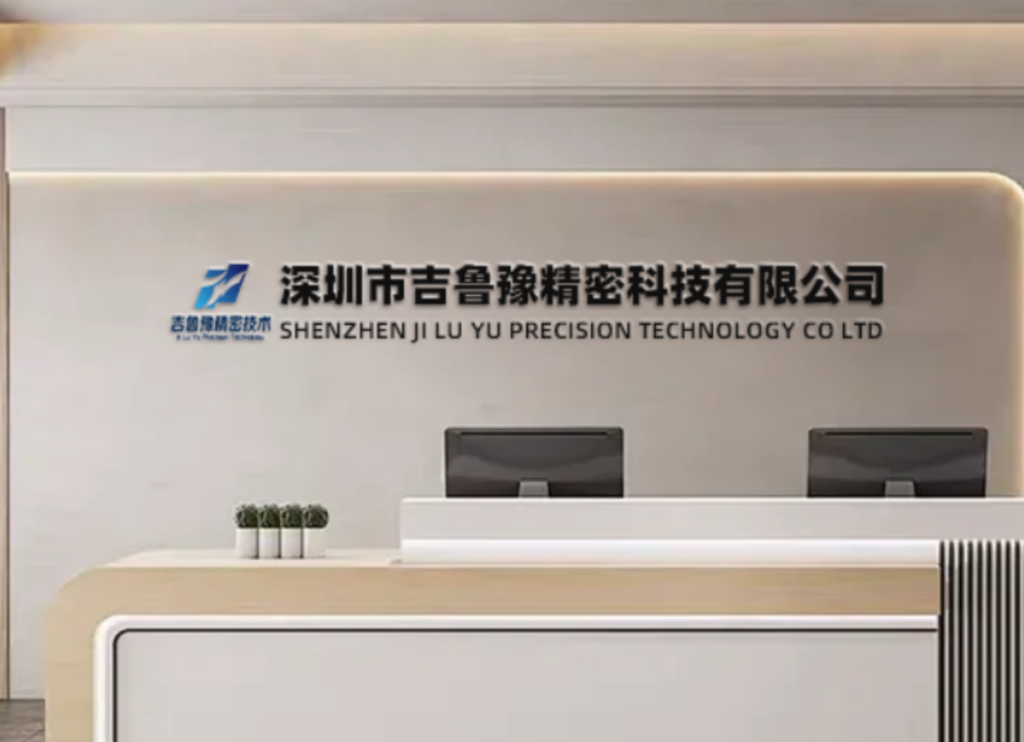Prototype to Production Manufacturing Partner: Your Complete Guide to Seamless CNC Machining Transitions
In today’s competitive manufacturing landscape, the journey from initial concept to full-scale production represents one of the most critical phases in product development. Selecting the right prototype to production manufacturing partner can mean the difference between market success and costly delays. For companies leveraging CNC machining technologies, this partnership becomes particularly crucial, as it ensures seamless transitions between development stages while maintaining dimensional accuracy, material properties, and quality standards throughout the production lifecycle.
The Critical Role of a Prototype to Production Manufacturing Partner
A true prototype to production manufacturing partner serves as more than just a vendor—they function as an extension of your engineering team, providing invaluable expertise throughout the entire product development cycle. This relationship encompasses everything from initial design validation to full-scale production, ensuring that your product not only meets design specifications but also achieves manufacturability, cost-efficiency, and scalability targets.
Why the Prototype to Production Manufacturing Partner Approach Matters:
-
Design Continuity: Maintaining consistent geometric dimensioning and tolerancing (GD&T) standards from first prototypes to production runs
-
Process Optimization: Implementing design for manufacturability (DFM) and design for excellence (DFX) principles early in the development cycle
-
Supply Chain Integration: Establishing reliable material sourcing and secondary operation partnerships that scale with production volumes
-
Quality Assurance: Developing comprehensive quality management systems (QMS) that ensure consistent part quality across all manufacturing stages
-
Cost Management: Identifying and implementing value engineering opportunities that reduce per-part costs without compromising quality
Key Capabilities of an Effective Prototype to Production Manufacturing Partner
When evaluating potential prototype to production manufacturing partner candidates, several core competencies distinguish exceptional providers from basic machining shops.
Advanced Manufacturing Technologies
A comprehensive prototype to production manufacturing partner should offer multi-technology capabilities including:
Multi-Axis Machining Expertise
-
5-axis simultaneous machining for complex geometries and reduced setups
-
Multi-pallet systems for uninterrupted production runs
-
B-axis milling and turning centers for complete part completion in single setups
-
High-speed machining (HSM) capabilities for improved surface finishes and reduced cycle times
Advanced Material Processing
The ideal prototype to production manufacturing partner demonstrates proficiency with an extensive material portfolio:
-
Aerospace alloys: Titanium (Ti-6Al-4V), Inconel 718, Aluminum 7075
-
Medical-grade materials: 316L stainless steel, Co-Cr alloys, PEEK, UHMWPE
-
Engineering plastics: Delrin, Nylon, Polycarbonate, ABS
-
Exotic materials: Magnesium alloys, Tungsten composites, Ceramic-filled polymers
Table: Manufacturing Capability Progression from Prototyping to Production
| Manufacturing Phase | Primary Equipment | Tolerance Capabilities | Quality Documentation | Volume Range |
|---|---|---|---|---|
| Rapid Prototyping | 3-axis CNC, Rapid prototyping systems | ±0.127 mm | First article inspection (FAI) | 1-50 units |
| Bridge Production | 4-axis CNC with pallet systems | ±0.050 mm | Statistical process control (SPC) | 50-500 units |
| Low-Volume Production | 5-axis CNC, Multi-pallet systems | ±0.025 mm | Comprehensive inspection reports | 500-5,000 units |
| Full-Scale Production | CNC machining cells, Automated systems | ±0.0127 mm | Full quality management system | 5,000+ units |
Quality Systems and Certification
A superior prototype to production manufacturing partner maintains robust quality management systems including:
Certification Compliance
-
ISO 9001:2015 for quality management systems
-
AS9100D for aerospace and defense applications
-
ISO 13485 for medical device manufacturing
-
ITAR and EAR compliance for controlled industries
Metrology and Inspection Capabilities
-
Coordinate measuring machines (CMM) with scanning capabilities
-
Optical comparators and vision measurement systems
-
Surface roughness testers and contour tracers
-
Laser scanning and white light scanning for complex geometries
The CNC Machining Journey: From Prototype to Production
Understanding the phased approach that a skilled prototype to production manufacturing partner employs helps set realistic expectations and ensures successful project outcomes.
Phase 1: Design Validation and Rapid Prototyping
The initial phase focuses on transforming conceptual designs into tangible prototypes for form, fit, and function testing. During this critical stage, your prototype to production manufacturing partner provides:
Comprehensive DFM Analysis
-
Manufacturability assessment identifying potential production challenges
-
Material selection guidance balancing performance, cost, and availability
-
Tolerance analysis recommending appropriate tolerances based on functional requirements
-
Cost-driver identification highlighting features that significantly impact manufacturing costs
Rapid Iteration Support
-
Quick-turn machining for design validation prototypes
-
Multiple material options for functional testing
-
Routine design feedback based on machining observations
-
Accelerated timeline management to meet development schedules
Phase 2: Process Development and Bridge Production
As designs mature, the focus shifts toward developing production-ready manufacturing processes. This transitional phase enables your prototype to production manufacturing partner to:
Manufacturing Process Optimization
-
Tooling selection and fixture design for production efficiency
-
CAM programming optimization for reduced cycle times and improved tool life
-
Cutting parameter development specific to production materials
-
In-process inspection methodology establishment
Supply Chain Preparation
-
Material sourcing for production volumes
-
Secondary operation partnerships (heat treating, plating, coating)
-
Quality system alignment with production requirements
-
Lead time optimization for production components
Phase 3: Production Ramp-Up and Quality Assurance
The transition to full-scale production requires meticulous planning and execution. Your experienced prototype to production manufacturing partner implements:
Production Validation
-
Process capability studies (Cpk/Ppk analysis)
-
Production part approval process (PPAP) documentation
-
Gage repeatability and reproducibility (GR&R) studies
-
First article inspection comprehensive reporting
Quality System Implementation
-
Statistical process control (SPC) for critical dimensions
-
Comprehensive inspection plans with sampling strategies
-
Non-conforming material control procedures
-
Continuous improvement program implementation
Cost Management Strategies Across the Product Lifecycle
An effective prototype to production manufacturing partner implements strategic cost management approaches that optimize expenses throughout the product lifecycle.
Design Phase Cost Optimization
Value Engineering Implementation
-
Feature simplification without compromising functionality
-
Standardized tooling utilization where possible
-
Material optimization for performance and cost balance
-
Tolerance rationalization based on functional requirements
Design for Manufacturing Excellence
-
Uniform wall thickness implementation where possible
-
Standardized corner radii matching common tooling
-
Optimized feature accessibility for efficient machining
-
Reduced secondary operation requirements through design
Table: Cost Reduction Opportunities Through Product Lifecycle
| Product Phase | Primary Cost Drivers | Cost Reduction Strategies | Potential Savings |
|---|---|---|---|
| Concept Design | Material selection, Part complexity | DFM analysis, Material substitution, Feature simplification | 15-30% |
| Prototype Validation | Machine setup, Low volume premium | Process simulation, Virtual validation, Rapid prototyping | 20-40% |
| Production Ramp-up | Labor intensity, Tooling costs | Automation implementation, Fixture optimization, CAM optimization | 25-50% |
| Full-Scale Production | Material waste, Cycle times | High-efficiency machining, Nesting optimization, Tool life management | 10-25% |
Production Phase Efficiency Optimization
Manufacturing Process Improvements
-
High-efficiency machining strategies with optimized toolpaths
-
Setup time reduction through advanced fixturing and pallet systems
-
Tooling optimization for extended tool life and reduced changeover
-
Chip-to-chip time minimization through programming optimization
Supply Chain and Material Management
-
Blank size optimization to reduce material waste
-
Inventory management for production materials
-
Vendor consolidation for secondary operations
-
Lead time management for production continuity
Case Studies: Successful Prototype to Production Transitions
Case Study 1: Aerospace Component Manufacturing
Challenge: An aerospace developer needed to transition a complex titanium structural bracket from prototype to production while achieving AS9100 compliance and maintaining tight tolerances (±0.05mm) across production volumes of 5,000+ units annually.
Prototype to Production Manufacturing Partner Solution:
The prototype to production manufacturing partner implemented a phased approach beginning with comprehensive DFM analysis that identified opportunities to optimize internal corner radii for standard tooling. During bridge production, they developed specialized fixture systems that reduced setup time by 65% while maintaining dimensional stability. For full production, they implemented statistical process control on critical features and introduced adaptive machining strategies that compensated for tool wear in real-time.
Results:
-
45% reduction in per-part cost from initial prototypes to production
-
99.2% first-pass yield rate in production
-
AS9100 certification achieved within project timeline
-
Successful delivery of 15,000+ units over three years
Case Study 2: Medical Device Instrumentation
Challenge: A medical device company required transition of a surgical handpiece from 50 prototype units to 20,000 annual production units while maintaining ISO 13485 compliance and biocompatibility requirements.
Prototype to Production Manufacturing Partner Solution:
The prototype to production manufacturing partner established a validated manufacturing process including installation qualification (IQ), operational qualification (OQ), and performance qualification (PQ) protocols. They implemented cleanroom machining capabilities for critical components and developed specialized handling procedures to prevent contamination. For production scaling, they introduced automated inspection systems that verified critical dimensions on 100% of production parts.
Results:
-
Successful FDA audit with zero manufacturing-related observations
-
99.8% on-time delivery performance over two years
-
30% cost reduction through value engineering and process optimization
-
Scalable production capacity supporting market expansion
Case Study 3: Automotive Electronics Enclosure
Challenge: An automotive supplier needed to transition a multi-material electronics enclosure from prototyping to production volumes of 100,000 units annually while achieving automotive-grade quality standards and managing supply chain complexity.
Prototype to Production Manufacturing Partner Solution:
The prototype to production manufacturing partner developed an integrated manufacturing strategy combining CNC machining for aluminum heat sinks with injection molding for plastic housings. They implemented comprehensive traceability systems for lot tracking and established automated quality gates throughout the production process. For supply chain management, they developed vendor-managed inventory programs that ensured material availability while minimizing carrying costs.
Results:
-
99.5% quality acceptance rate from automotive customer
-
40% reduction in total cost through design and process optimization
-
Successful production of 300,000+ units over product lifecycle
-
Zero line stoppages due to manufacturing quality issues
Selecting Your Ideal Prototype to Production Manufacturing Partner
Choosing the right prototype to production manufacturing partner requires careful evaluation across multiple dimensions. Consider these critical factors during your selection process.
Technical Capability Assessment
Equipment and Technology Evaluation
-
Multi-axis machining capabilities (3-axis, 4-axis, 5-axis, and turning centers)
-
Advanced metrology equipment (CMM, optical comparators, surface roughness testers)
-
Automation and robotics integration for production efficiency
-
Software capabilities (CAD/CAM, simulation, manufacturing execution systems)
Material and Process Expertise
-
Material-specific machining knowledge for your application
-
Secondary operation management (heat treating, plating, painting, assembly)
-
Industry-specific compliance experience (aerospace, medical, automotive, defense)
-
Technical support and engineering resources
Business Compatibility Factors
Communication and Collaboration
-
Responsive project management and clear communication channels
-
Technical transparency and regular progress updates
-
Cultural alignment with your organization’s values and expectations
-
Flexibility and adaptability to changing requirements
Financial Stability and Scalability
-
Financial health ensuring long-term partnership viability
-
Capacity planning and scalability to support your growth
-
Pricing transparency and cost management capabilities
-
Investment in technology and continuous improvement
Future Trends in Prototype to Production Manufacturing
The manufacturing landscape continues to evolve, with several emerging trends particularly relevant for companies seeking a prototype to production manufacturing partner.
Digital Manufacturing Integration
Industry 4.0 Implementation
-
Digital twin technology for virtual process validation
-
Industrial Internet of Things (IIoT) for real-time production monitoring
-
Predictive analytics for maintenance and quality optimization
-
Additive and subtractive manufacturing integration for hybrid approaches
Advanced Quality Systems
-
Machine learning for automated defect detection
-
In-process adaptive control for real-time parameter adjustment
-
Blockchain technology for supply chain transparency
-
Augmented reality for operator guidance and training
Sustainable Manufacturing Practices
Environmental Responsibility
-
Energy-efficient machining strategies and equipment
-
Material recycling and waste reduction programs
-
Sustainable material sourcing and management
-
Carbon footprint reduction initiatives
According to the Environmental Protection Agency’s Sustainable Manufacturing resources, companies implementing comprehensive sustainability programs can achieve 15-30% reductions in energy consumption while maintaining production efficiency.
Conclusion: Building Your Manufacturing Foundation
Selecting the right prototype to production manufacturing partner represents one of the most strategic decisions in product development. The ideal partner combines technical expertise with strategic vision, functioning as an extension of your team throughout the entire product lifecycle. From initial concept validation to full-scale production, a superior prototype to production manufacturing partner delivers consistent quality, cost efficiency, and scalable manufacturing solutions.
By thoroughly evaluating potential partners against the criteria outlined in this guide and leveraging the strategies for successful implementation, companies can establish manufacturing partnerships that not only meet current requirements but also adapt to future challenges and opportunities. In an increasingly competitive global market, the right prototype to production manufacturing partner provides the manufacturing foundation upon which product success is built.
For organizations ready to begin their manufacturing journey, Jingliyang Precision Technology’s CNC machining services offer comprehensive prototype to production manufacturing partner capabilities with expertise across multiple industries and applications.
